DROPS Safran
Egyptian combed cotton in every colour!
from:
1.30£
per 50 g
Content: 100% Cotton
Yarn Group:
A (23 - 26 stitches)
/ 5 ply / sport
Weight/length: 50 g = approx 160 m
Recommended needle size: 3 mm
Knitting tension: 10 x 10 cm = 24 sts x 32 rows
Care: Machine wash on gentle cycle 40°C / Dry Flat
Made in: EU
Raw material origin: Cotton from Egypt
This yarn has an Oeko-Tex® certification (certificate number 09.HBG.68250), Standard 100, Class I from the Hohenstein Institute. This means that is has been tested for harmful substances and is considered safe in human-ecological terms. Class I is the highest level, and it means the yarn is suitable for baby articles (ages 0-3).
DROPS Safran is spun from combed, long, Egyptian cotton fibers that are twisted together in pairs, before being twisted together again. This method results in extra durable garments with great surface properties!
DROPS Safran has been on the market for many years and it's a very popular choice because of its shine, softness and many beautiful colors. The yarn can be used in projects for all ages, specially summer wear, baby clothes and accessories. Have you tried it yet?
Read more about our products' sustainability here
Please be aware that the colours shown may vary from screen to screen in the same way that shades may vary slightly from dye lot to dye lot.
How do I care for this yarn?

Machine wash on gentle cycle 40°C / Dry Flat
Here are some guidelines to wash your cotton garment, but please note that cotton has the tendency to shrink in the wash, so make sure you measure the garment before washing, in order to shape it correctly after the wash:
- Machine wash - separately - using a gentle cycle program at 40ºC and wool detergent without enzymes or optical brighteners.
- NEVER leave the garment to soak/wet in the washing machine for a long period of time.
- To dry the garment, shape it and lay it flat - do not hang - ideally on a warm bathroom floor or on top of a drying rack in a room with good air circulation. Never dry the garment in direct sunlight.
- Don’t tumble dry.
- Unevenness in the garment will even out after washing or steam ironing lightly.
- Never iron the garment directly. Use always a damp cloth between your steaming iron or regular iron and the garment.
Note: If you are washing a project made with this yarn combined with another, the general guideline is to follow the washing instructions for the most delicate of the yarns you are working with.
Do you have a question about this yarn?
See a list of frequently asked questions (FAQ) about our yarns.
1) What type of fibers make the DROPS yarns?
Yarn can be made from a large number of natural and synthetic fibers. DROPS carries mainly yarns made from wool, cotton, alpaca, linen, mohair and silk. Each fiber type has its own qualities, and they are often mixed to take advantage of the best properties of each one. Coarse yarn has the advantage of being stronger and more durable, and finer fibers offer more softness and comfort. Here a bit about the main fibers we carry:
Alpaca:
Alpaca fleece is the natural fiber harvested from an alpaca, and it is similar in structure to sheep wool fiber. Its softness comes from the small diameter of the fiber, similar to merino wool. It is a soft, durable, luxurious and silky natural fiber. Yarn made from alpaca fibers does not felt or pill easily, and it can be light or heavy in weight, depending on how it is spun. While similar to sheep’s wool, it is warmer, not prickly, and has no lanolin, which makes it hypoallergenic. Alpacas come in 22 natural colors, with more than 300 shades from a true-blue black through browns-black, browns, white, silver and rose-greys.
Mohair:
This fiber comes from the Angora goats, and it's considered a luxury fiber. Mohair yarn is warm as wool, but much lighter in weight; it is durable, dyes well and does not felt easily. Mohair fibers have also a distinctive luster created by the way they reflect light. Despite being a hard fiber, mohair is usually spun into a very fluffy yarn, resulting in airy and lustrous garments.
Wool:
The wool fibers come from the skin of sheep and are relatively coarse fibers. Two striking characteristics of wool are its susceptibility to heat and its felting property, which is caused by the scales on the surface. Depending upon the breed of sheep, the appearance of the wool varies.
Wool from Merino sheep is considered the finest type of wool, having as characteristics that is finely crimped and soft. All the Merino wool in the DROPS yarns has its origins in South America, coming from sheep that have not been subject to Mulesing.
Pure new wool is wool made directly from animal fleece, and not recycled from existing wool garments.
Machine washable wool is wool treated chemically to minimize the outer fuzzy layer of the fibers, and be therefore fitable for machine wash (see Superwash).
Silk:
The silk fiber is a fine continuous fiber produced from the cocoon of a moth caterpillar known as the silkworm. While silkworm is cultivated, the wild or tussah silk is obtained from uncultivated silkworm cocoons. Silk fiber is one of the strongest natural fibers and makes a wonderful knitting yarn. It blends really well with other fibers, especially wool. Silk also dyes beautifully with natural dyes.
Vegetable fibers:
There are several varieties of vegetable fibers, found in the cell walls of plants or vegetables. Of all the varieties, two are recognized as major knitted or textile fibers. They are cotton and linen.
Cotton is the fiber surrounding the seeds in a cotton pod, and it is almost pure cellulose. Cotton is usually white in color but there are green and brown varieties as well. The cotton fiber is most often spun into yarn or thread and used to make a soft, breathable textile that is good for summer clothing and accessories, making a weaker yarn than silk or linen but stronger than wool.
Mercerized cotton is cotton that has been through a mercerization treatment. This treatment gives cotton fabrics and threads a lustrous yarn that is more lustrous than conventional cotton. It is also stronger, takes dye a little more readily, makes the yarn more resistant to mildew and reduces lint. It also may not shrink or lose its shape as much as "regular" cotton.
Linen is a fiber derived from the stalk of the flax plant that is durable and stronger than any other fiber. The linen fiber is relatively soft, straight and lustrous and becomes more beautiful with age. Linen is more comfortable to wear in hot temperatures than cotton, due to the fact that it absorbs moisture better and dries more quickly.
Other materials used in our yarns include synthetic fibers such as acrylic, viscose, polyamide (nylon) and polyester. These fibers are used mostly to give strength to a yarn (like our sock yarn, DROPS Fabel) or a special kind of structure (like our blown yarn, DROPS Air).
The polyamide fibre, commonly known as nylon, is very strong, durable, lightweight, easy to care for (can be machine washed and dried), and elastic, which makes it perfect for blending with other fibres to produce hard-wearing yarns like sock yarn.
Compared to polyester, polyamide is softer and more flexible, but it also absorbs more water and dries slower.
3) What type of information can I find on the DROPS yarn labels?
All DROPS yarn labels include information about fiber content (wool, cotton, etc.), weight in grams and ounces, length in meters and yards, washing instructions and symbols (explained here), color number, dye lot number and yarn group information.
4) What are the DROPS yarn groups?
All DROPS yarns are classified into 6 different thickness groups (A to F). Yarns in a same group have similar knitting tension/gauge, and can therefore be interchanged in patterns; however the length may be different, so when substituting always calculate the amount of meters/yards needed for the pattern to know the amount of yarn you need to get.
5) Can I use a different yarn than the one mentioned in the pattern?
Yes, as long as the yarn can be worked in the same knitting tension/gauge. Always swatch to make sure you get the same number of stitches in width and rows in height as given in the pattern.
Remember that different yarns with different textures, will give the garment different looks. The yardage/length may also be different, so when substituting always calculate the number of yards needed, in order to know the amount of yarn you need.
Read more about how to calculate the amount of an alternative yarn - and how to replace 1 thread of a yarn with 2 or more of another, here.
6) What does it mean when a yarn is “Superwash”?
A superwash wool is a special wool product that has been treated or processed in a way that allows it to be machine washable. Many people are afraid to work with wool because it is so easy to shrink (though some shrink wool on purpose) and superwash wool can allow them to work with great fibers without worry. (Read more here).
7) What does “Oeko-Tex® certified” means?
The Oeko-Tex® Standard 100 was introduced at the beginning of the 1990s as a response to the needs of the general public for textiles which posed no risk to health. The Oeko-Tex® Standard 100 is a globally uniform testing and certification system for textile raw materials, intermediate and end products at all stages of production. The test for harmful substances comprise substances which are prohibited or regulated by law, chemicals which are known to be harmful to health, and parameters which are included as a precautionary measure to safeguard health.
For more info go to www.oeko-tex.com
10) How accurate are the colours on the shade cards online?
When obtaining images for the shade card, we do our best to achieve the highest level of color accuracy. Unfortunately, we cannot guarantee how images will appear on your computer screen. Every monitor displays color differently, some colors might look darker than they really are, and some colors might be more saturated on some screens. If you experience that many of the yarn colors looks different on your screen than the actual color of the skeins, you can adjust the setting on your monitor.
11) What is a micron? What does super fine / extra fine mean?
The fineness of yarn fibers is measured in microns (thousands of millimeters). Super fine alpaca wool is 26-28 microns. Fine merino wool is less than 21.5 microns and extra fine merino is under 19.5 microns. The less microns the softer and more delicate a quality can be, the more microns the more hard wear the quality will be.
The reason why the microns in a yarn’s fibers are important is that the yarn will eventually become something else, and how delicate or coarse a yarn is will determine in part what we use it for. That’s why we recommend the softest yarns (like DROPS Baby Merino) for baby clothing, or why we choose to use a more hard wear yarn like DROPS Snow, for a seating pad or slipper.
12) Why are the colours in my skeins of print yarn different?
The reason why two skeins of a same print yarn look different can be 1) that both skeins are part of different dye lots; 2) that the skeins have been dyed using a technique called "magic print" (the one used for example in DROPS Delight), which provides unique patterns and smooth colour transitions to each skein, meaning also that within one dye lot, lighter or darker varieties might appear. This is no fault or defect, but part of the yarn's character.
13) My store doesn’t have the colour I want, what can I do?
If your DROPS store doesn’t have the yarn colour you want, try contacting a DROPS Super Store (the ones with the golden badges) - they will make sure to get a hold of the colour even if they don’t have it in stock themselves. See a list of all DROPS stores here.
14) Where can I find a specific dye lot of a colour?
Always try contacting your DROPS store first. If they do not have the dye lot you want we recommend you to ask other knitters and crocheters in the DROPS Workshop in Facebook or Ravelry, which may have the dye lot in their stash and might be willing to part from it.
Yarn sheds because there's not enough twist to hold all of the fibers together. All yarns have excess fibers (from production) that might come off as lint or shedding, in varied degrees that depend on how the yarn is spun. Brushed yarns ("hairier" yarns) like DROPS Melody, have more of these loose fibers than other yarns, and therefore shed more. Shedding also depends on what is worn under or over the garment, and whether this pulls at the yarn fibers. It’s therefore not possible to guarantee that there will be no shedding.
Below are some tips on how to get the best result when working with hairier yarns:
- When the garment is finished (before you wash it) shake it vigorously so the looser hairs come off. NOTE: do NOT use a lint roller, brush or any method that pulls at the yarn.
- Place the garment in a plastic bag and put it in your freezer - the temperature will cause the fibers to become less attached to each other, and excess fibers will come off easier. Leave in the freezer for a few hours before taking it out and shaking it again.
- Wash the garment according to the instructions on the yarn label. Garments worked with hairier yarns usually need to be shaken once dry after washing, so that the hairs rise and any excess fibers can come off.
Pilling is a natural process that happens to even the most exclusive of fibers. It's a natural sign of wear and tear that is hard to avoid, and that is most visible in high friction areas of your garment like a sweater's arms and cuffs.
You can make your garment look as new by removing the pilling, using a fabric comb or a pill/lint remover.
How can I replace this yarn?
If you are looking to replace this yarn with another DROPS yarn, you can use another yarn within the same yarn group, or try our yarn converter!
Other yarns in Yarn Group A
Read more about replacing yarn.Have a problem with the DROPS yarn you purchased?
When you purchase yarn from the shade cards or patterns on our site, you are not buying directly from DROPS but from one of the hundreds of DROPS stores around the world. It is therefore important that you take contact with the DROPS store where you bought the yarn, and that you save the labels of all the skeins you purchased (they are your warranty).
The DROPS store you contact will assist you and escalate the claim if necessary. Find a list of DROPS stores here.
Comments / Questions (279)
![]() Barbara wrote:
Barbara wrote:
Es ist schon ärgerlich ...... es gibt in Österreich weder die Wolle you#7 noch Safran in allen Farben zu kaufen, die Farbe Schwarz schon gar nicht, habe keinen Shop hier gefunden. Vielleicht sollte das Garnstudio sich einmal mit den österreichischen Händlern kurz schließen, denn das Problem hier Originalwolle vom Garnstudio zu bestellen, ist schwierig, schwierig, schwierig!
12.05.2020 - 19:26DROPS Design answered:
Liebe Barbara, gerne können Sie Kontakt Ihrem DROPS Laden in Österreich mal fragen, ob/wann Sie die gewünschte Farbe/das gewünschte Garn bekommen werden - Hier finden Sie die Liste von DROPS Händlern die nach Östterreich senden. Viel Spaß beim stricken!
13.05.2020 kl. 09:27
![]() Heidi Holst wrote:
Heidi Holst wrote:
Hei.Jeg har lyst å bestille garn til en sommertopp i safran. Jeg lurer på om safran siger og blir større ved bruk.For da må jeg strikke en størrelse mindre.Kan bruke et dropsgarn som heter love you også.Hva anbefaler dere?Det er sommertopper som skal strikkes😊
11.05.2020 - 20:06DROPS Design answered:
Hei Heidi. Både Safran og DROPS ♥ You #7 og 9 er fine til sommertopper. Alle tilhører garngruppe A, men DROPS ♥ You #9 er litt tykkere. Om du overholder strikkefastheten og vaskeanvisningen skal toppen holde på de målene som er oppgitt i oppskriften. God Fornøyelse!
18.05.2020 kl. 08:29
![]() CUNIN wrote:
CUNIN wrote:
Bonjour, \r\nJ\'aimerais commander chez vous pour la 1ere fois.\r\nFaites-vous une cadeau de bienvenue ( bon cadeau attribué ou bien frais de port diminués).\r\nJe commanderais pour réaliser une poupée au crochet + ses habits : environ 7 couleurs DROP SAFRAN.\r\nD\'avance merci pour votre réponse
11.05.2020 - 12:55DROPS Design answered:
Bonjour Mme Cunin, vous trouverez sur la page du nuancier tous les magasins DROPS qui proposent DROPS Safran dans leur gamme, et vous trouverez ici la liste complète des magasins DROPS, n'hésitez pas à les contacter individuellement pour leur demander ce qu'ils peuvent vous proposer. Bon tricot!
12.05.2020 kl. 10:43
![]() Elisabetta Stranieri wrote:
Elisabetta Stranieri wrote:
Vorrei sapere del cotone selezionato Drops Safran: il costo di spedizione il tempo di consegna n. uncinetto consigliato
10.05.2020 - 13:10DROPS Design answered:
Buongiorno, DROPS Safran è un filato di 100% cotone egiziano; la maggior parte dei modelli DROPS che prevedono l'utilizzo di questo filato è realizzata con uncinetto 3/3,5 mm. Per il costo e la spedizione, deve chiedere direttamente al rivenditore. Buon lavoro!
13.05.2020 kl. 15:25
![]() Elisabetta Stranieri wrote:
Elisabetta Stranieri wrote:
Vorrei sapere: il costo di spedizione il tempo di consegna n. uncinetto consigliato
10.05.2020 - 13:09DROPS Design answered:
Buongiorno, DROPS Safran è un filato di 100% cotone egiziano; la maggior parte dei modelli DROPS che prevedono l'utilizzo di questo filato è realizzata con uncinetto 3/3,5 mm. Per il costo e la spedizione, deve chiedere direttamente al rivenditore. Buon lavoro!
13.05.2020 kl. 15:25
![]() Elisabetta wrote:
Elisabetta wrote:
Quanto filato occorre per una maglia taglia S ?
01.05.2020 - 23:34DROPS Design answered:
Buongiorno Elisabetta. La quantità di filato dipende dal modello, dalla sua mano, dal filato stesso. Una volta individuato il modello, trova l’indicazione della quantità necessaria, oppure può rivolgersi al suo rivenditore Drops di fiducia che saprà consigliarla al meglio. Buon lavoro!
02.05.2020 kl. 14:40
![]() Liza wrote:
Liza wrote:
Hi, How can i place an order of yarns from this site????
19.04.2020 - 06:27DROPS Design answered:
Dear Liza, you can click on "order" there or direct order from our DROPS stores. Happy knitting!
20.04.2020 kl. 11:37
![]() Anna Cocco wrote:
Anna Cocco wrote:
Come acquistare il.filato quanto tempi per la consegna E se avete anche i ferri
10.04.2020 - 08:30DROPS Design answered:
Buongiorno Anna. A questo link trova l’elenco dei rivenditori Drops italiani. Può contattarli per verificarne l'assortimento e i tempi e le modalità di consegna. Buon lavoro!
14.04.2020 kl. 09:02
![]() Françoise wrote:
Françoise wrote:
Bonjour, Je voudrais faire le poncho Abigail mais je ne vois pas la couleur "vert menthe 03". A la place il y a du vert sauge 04 et du menthe 50, je ne comprends pas. Avez-vous changé les noms ou les numéros? Ou bien le vert menthe n'existe plus? Entre sauge et menthe, lequel est le plus proche ? Ne me dites pas de demander à mon magasin Drops, il ne vend pas de Safran. Merci d'avance!
22.02.2020 - 09:59DROPS Design answered:
Bonjour Françoise, effectivement ce modèle est un peu ancien et le nuancier a été modifié, il vous faudra choisir d'autres couleurs pour le réaliser. En fonction des nuances que vous souhaitez, votre magasin DROPS (ou un autre qui a la Safran en stock) pourra vous aider à choisir les couleurs les mieux assorties en fonction des nuances que vous souhaitez. Bon tricot!
24.02.2020 kl. 10:50
![]() Matilde wrote:
Matilde wrote:
DEVO FARE DEI CARDIGAN PER NEONATO (TAGLIA 6 MESI) CHIEDO SE IL FILATO è INDICATO, HO SCELTO QUESTO PER I COLORI. ne acquisterei 500 gr. grazie
23.01.2020 - 16:13DROPS Design answered:
Buongiorno Matilde. Sì Safran è un filato di cotone, indicato anche per neonati e bambini piccoli. Il suo rivenditore Drops è a disposizione per ulteriori consigli. Buon lavoro!
24.01.2020 kl. 08:51
![]() Fatima Sinatra wrote:
Fatima Sinatra wrote:
Volendo realizzare una copertina da neonato ad uncinetto,vorrei sapere se il filato Safran è indicato,oppure chiedo vostro consiglio...grazie!
06.01.2020 - 21:23DROPS Design answered:
Buongiorno Fatima. Può usare Safran se vuole realizzare una coperta in cotone. Altri filati consigliati per bambini sono BabyAlpaca Silk oppure filati merino (come p.es: baby merino, cotton merino). Il suo rivenditore Drops di fiducia è a disposizione per ulteriori consigli. Buon lavoro!
12.01.2020 kl. 12:01
![]() Sharon wrote:
Sharon wrote:
Safran crochets and knits beautifully and doesnt snag for me even at speed. I wish there was shrinkage and bleeding information on the bands of all the products which shrink so I can factor this in for clothing. So far Ive only made a blanket from your cottons because Im too anxious about shrinkage to make clothes . Ive spent over €2,000 euros on your products in one year, thats a testimony to how Delighted I am with almost all of them .
03.11.2019 - 21:07
![]() Pilar wrote:
Pilar wrote:
He hecho amigurumis con Safran y tengo que hacer una manta para bebé con los mismos colores. ¿Es adecuada la Safran o hay otra con los mismos tonos más adecuada?
01.09.2019 - 12:22DROPS Design answered:
Hola Pilar. Safran es un hilo 100% algodón por lo tanto es apropiado para trabajar mantas para bebés. Tienes que tener en cuenta que las prendas de algodón siempre pesan más que las de lana y que la gama de colores es diferente en las diferentes calidades ( cada hilo se tiñe diferente).
25.09.2019 kl. 00:05
![]() Susan V wrote:
Susan V wrote:
Can this yarn be dyed?
25.07.2019 - 18:05DROPS Design answered:
Dear Susan V, yes, you can dye this yarn - use colours for cotton. Happy crafting!
31.07.2019 kl. 00:45
![]() Anna Winther wrote:
Anna Winther wrote:
Er det korrekt, at Drops Safran kryper meget i vask?
29.06.2019 - 11:08
![]() Gill Fishlock wrote:
Gill Fishlock wrote:
Hi could you let me know if all your yarns are Oeko-tex certified.Many thanks.
25.06.2019 - 19:02DROPS Design answered:
Dear Mrs Fishlock, not all our yarns are Oeko-Tex certified, you will find the certificate number under the shadecards from the yarn that are certified, eg as for Safran here. Happy knitting!
26.06.2019 kl. 07:00
![]() Marta Rossetti Simonetti wrote:
Marta Rossetti Simonetti wrote:
Questo cotone è adatto per fare calze che devono essere molto morbide, servono per un ammalato. Grazie
17.05.2019 - 11:39DROPS Design answered:
Buongiorno Marta. Safran è un filato abbastanza morbido. Può confrontarsi con il suo rivenditore Drops di fiducia che saprà consigliarla sul filato migliore da usare. Buon lavoro!
21.05.2019 kl. 08:48
![]() Ingrid wrote:
Ingrid wrote:
Liebes Drops Team, zunächst mal vielen dank für die schnelle Rückantwort. leider bin ich etwas enttäuscht über die immer wieder hochgeladenen wintermodelle. wir haben doch jetzt frühjahr/sommer. wenn bis Juli die modelle hochgeladen werden und der sommerpulli kommt erst im juli was nützt mir dann dies ich muss den pulli auch noch stricken für den sommer. Im Juli brauche ich diese Anleitung nicht mehr.
09.04.2019 - 11:47DROPS Design answered:
Liebe Ingrid, das gewünschte Modell wird sicher vor Juli veröffentlicht, aber die Modellen unserer Kollektion sind immer über einige Monaten hochgeladen. Viel Spaß beim stricken!
10.04.2019 kl. 10:27
![]() Ingrid wrote:
Ingrid wrote:
Liebes Drops Team, wann steht denn endlich die Anleitung in den zur Abstimmung gezeigten Modellen Model e-291 in Safran, ich warte dringend auf die Anleitung da ich die Wolle schon gekauft habe. Dies ist ein Sommerjäckchen mit Lochmuster für den Sommer. Ich bitte um kurzfristige Antwort.
06.04.2019 - 07:59DROPS Design answered:
Liebe Ingrid, die Anleitungen der Modellen der Frühling-Sommer Kollektion werden bis Juli hochgeladen - kommen Sie mal regelmäßig wieder, danke im voraus für Ihren Geduld.
08.04.2019 kl. 10:48Ana wrote:
Is Safran shiny or matt? Is it shinier than Drops Paris?
09.01.2019 - 23:40DROPS Design answered:
Dear Ana, Safran is a bit shinier than DROPS Paris - for any assistance choosing the yarn, please contact your DROPS store - even per mail or telephone. Happy knitting!
10.01.2019 kl. 10:49
![]() Angy wrote:
Angy wrote:
Hola!! Q hilo me recomendáis para amigurumis. Q tenga una bonita variedad de colores
01.12.2018 - 09:56DROPS Design answered:
Hola Angy. Para amigurumis recomendamos hilos 100% algodón como Safran, Muskat o Paris ( dichos del más fino a más gordo). Si prefieres trabajar con lana, Merino Extra Fine o Cotton Merino son buenas elecciones.
14.04.2019 kl. 18:55
![]() Theodelinde wrote:
Theodelinde wrote:
Bonjour, Puis-je utiliser Drops Safran sur une machine à tricoter Empisal Knitmaster 321 brevet japonais pour laines fines, jauge 4,5 Merci et bonne soirée Theodelinde
20.07.2018 - 22:02DROPS Design answered:
Bonjour Mme Theodelinde, vous trouverez toutes les informations sur DROPS Safran sur le nuancier, merci de bien vouloir consulter le manuel de votre machine à tricoter pour en savoir plus, votre magasin DROPS ou un forum de tricot machine pourra fort probablement vous renseigner davantage. Bon tricot!
23.07.2018 kl. 09:06
![]() Anna wrote:
Anna wrote:
Buonasera,il colore numero 53 adesso sospeso verra' riassortito?E' veramente un peccato perche' e' un colore bellissimo!
05.07.2018 - 21:35DROPS Design answered:
Buongiorno Anna. Ci dispiace ma il colore 53 non verrà riassortito. Può verificare se qualcuno dei nostri rivenditori ne ha ancora disponibile. Buon lavoro!
06.07.2018 kl. 14:49
![]() Samantha Elliott wrote:
Samantha Elliott wrote:
I make soft toys with this yarn and I am going through the CE testing process. Does this yarn comply with all CE testing standards? Is there a certificate of some kind to show this?
27.05.2018 - 10:43DROPS Design answered:
Dear Mrs Elliott, DROPS Safran is Oeko-Tex certified, you'll find its certifcate number under shadecard. For any further informations about this, please visit oeko-tex dot com website. Happy knitting!
28.05.2018 kl. 10:03






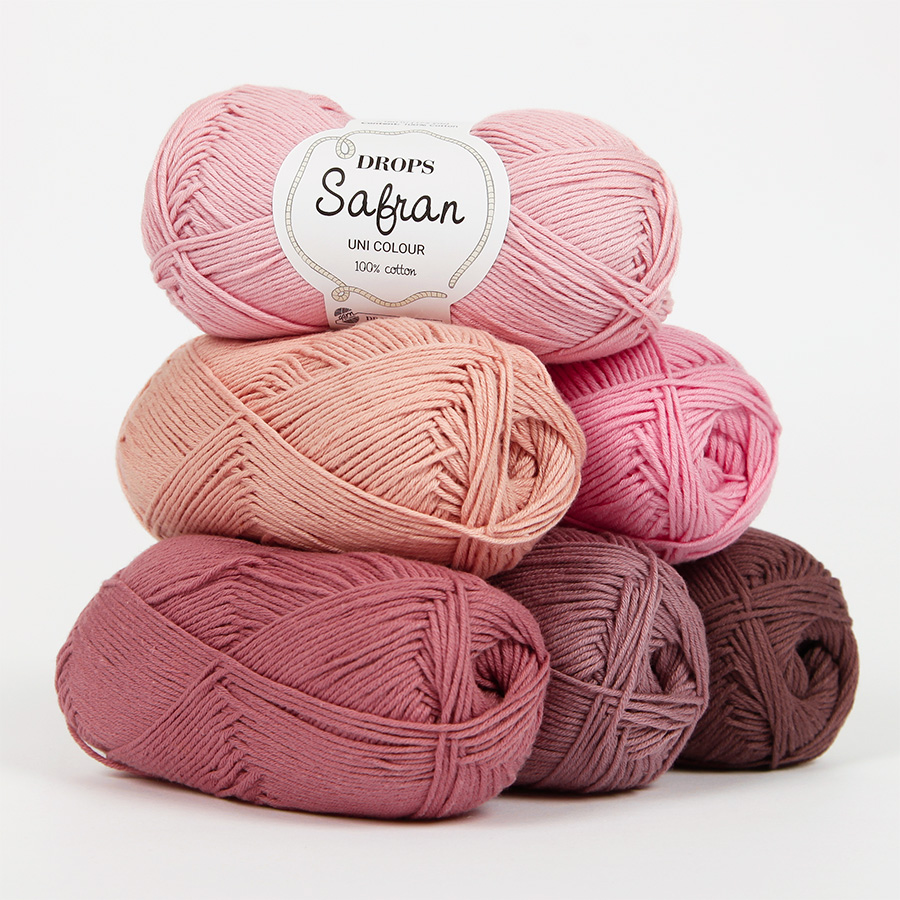
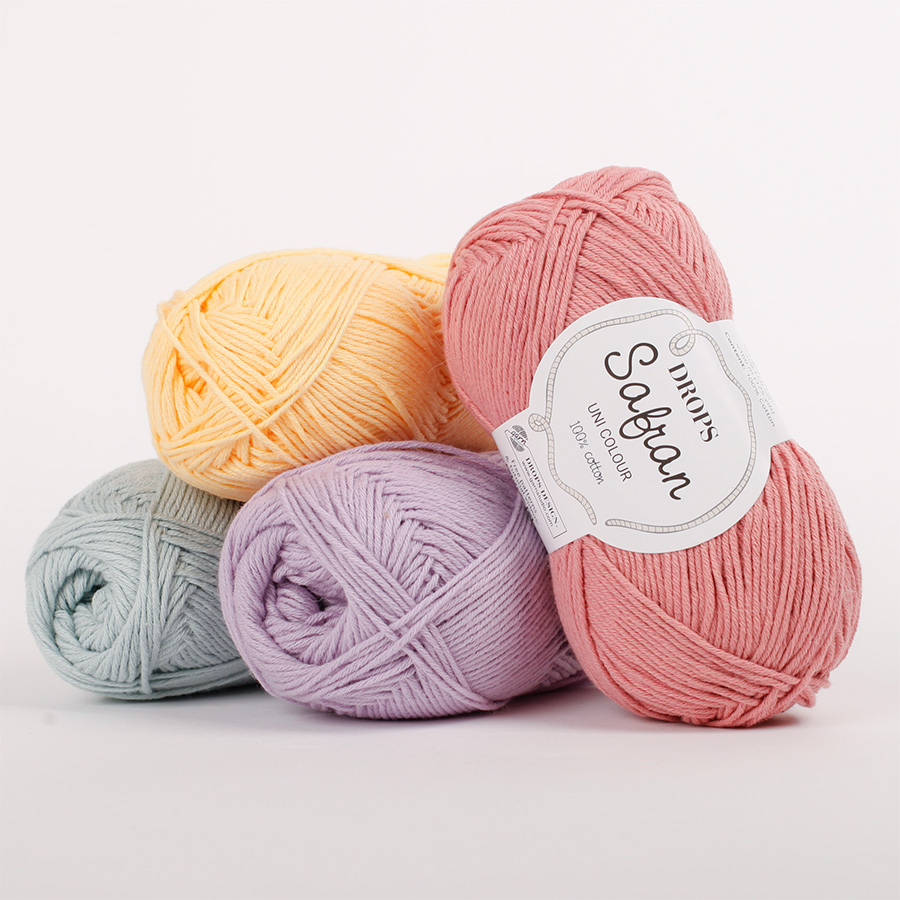
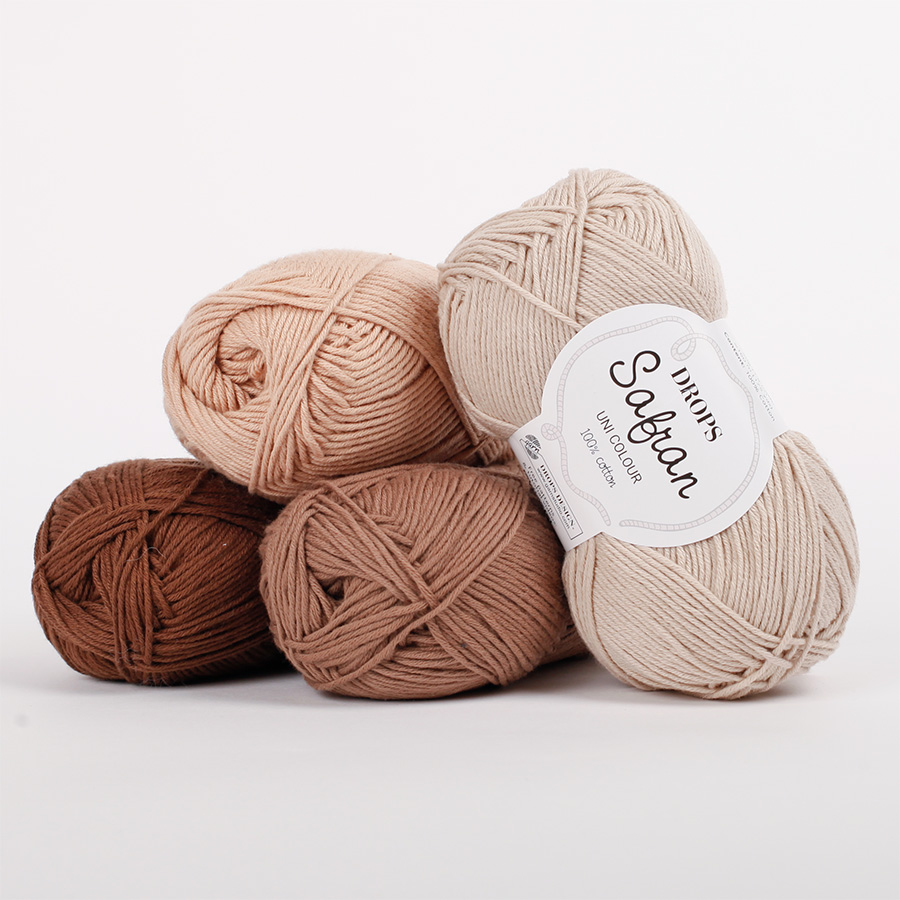
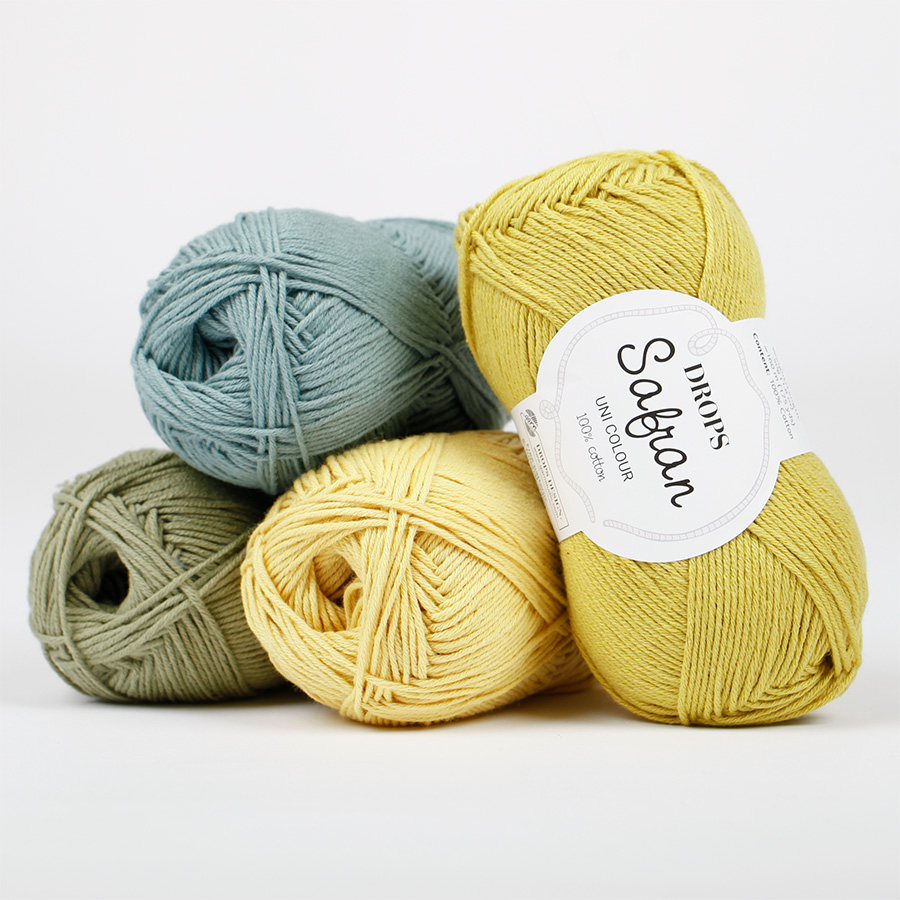
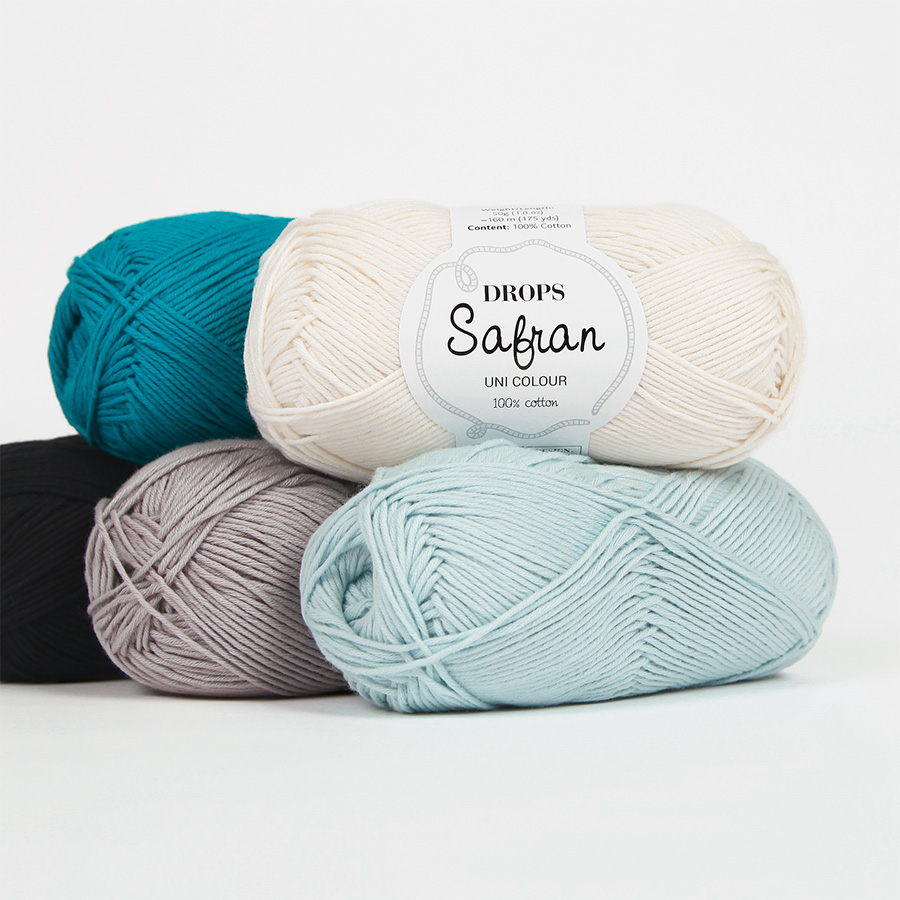










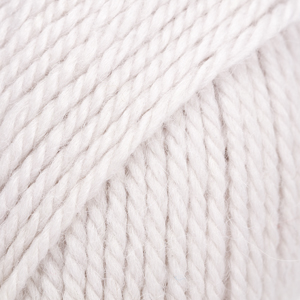










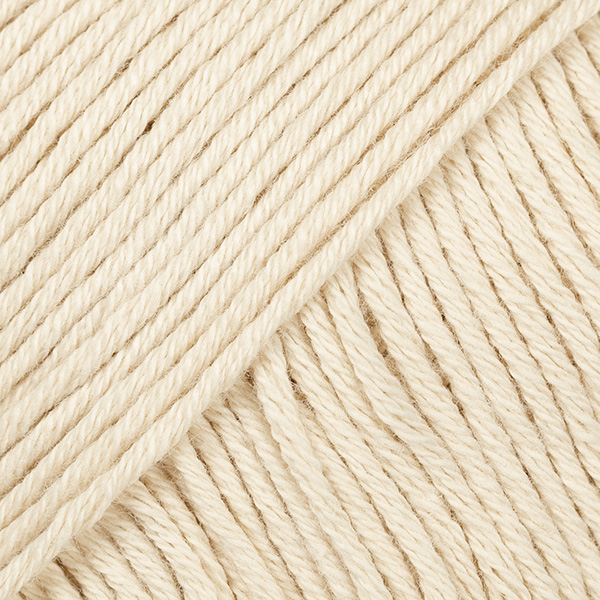


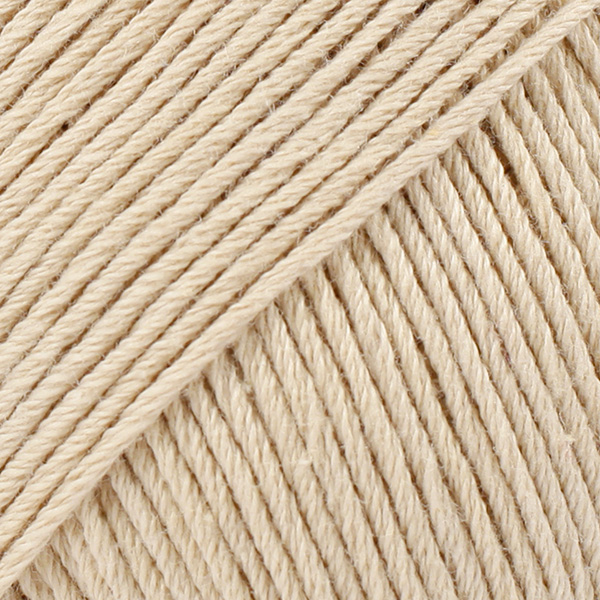
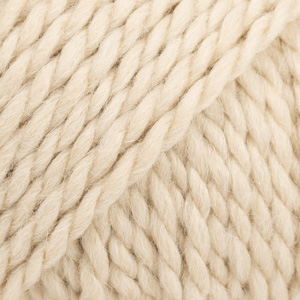













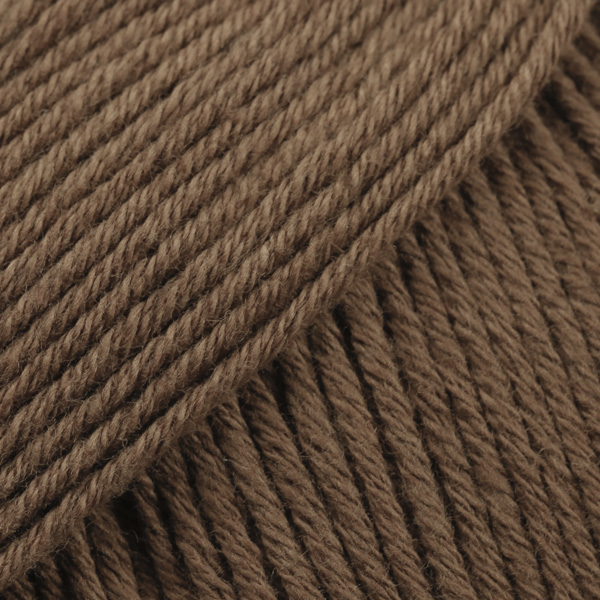




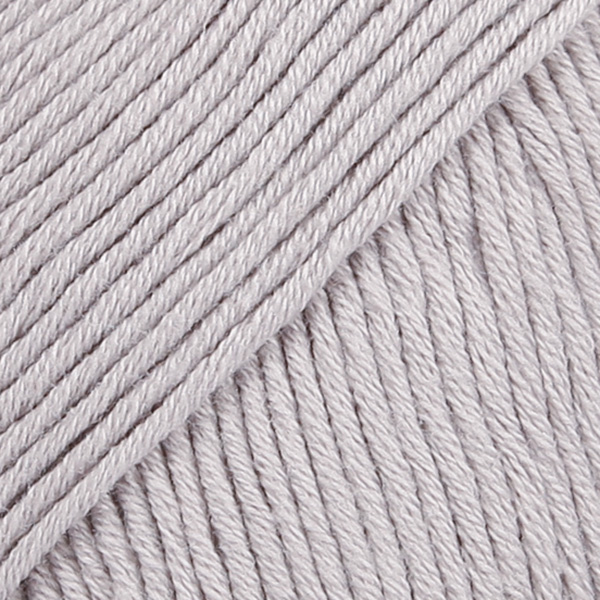







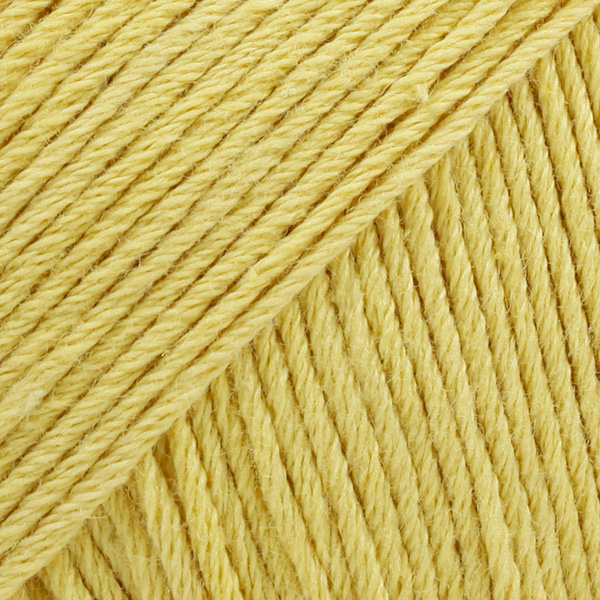

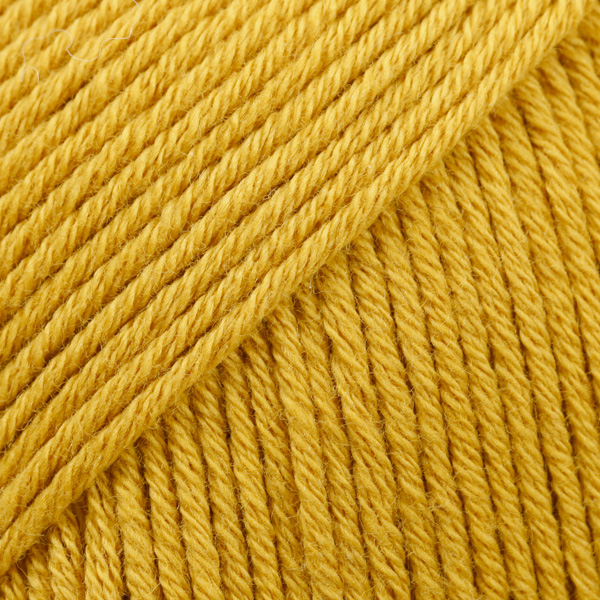



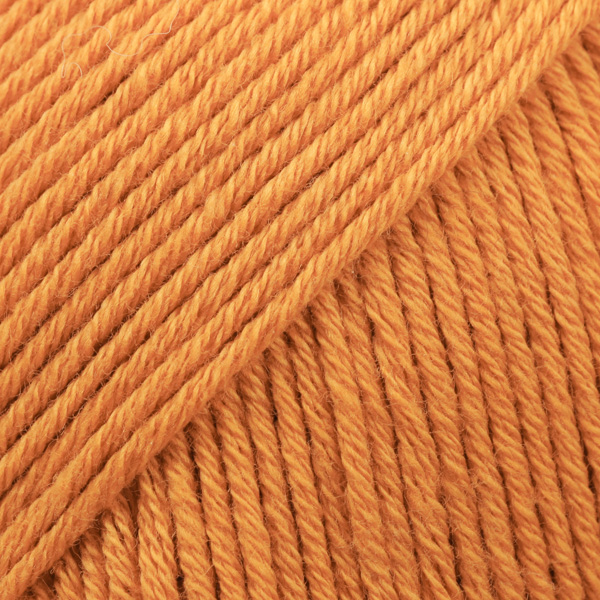







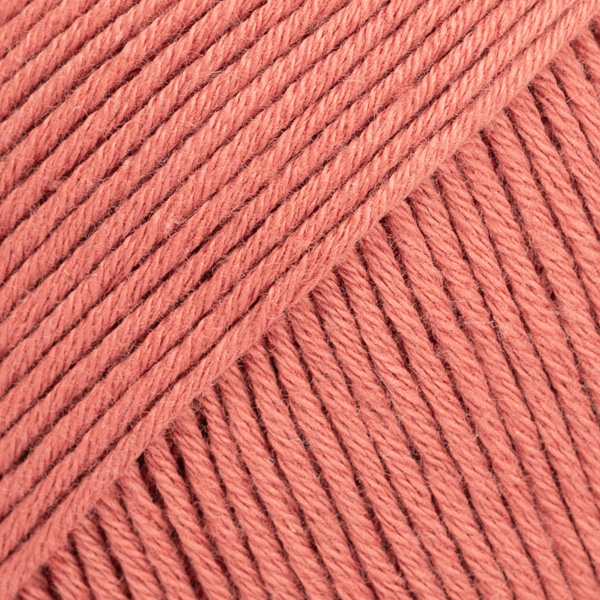
























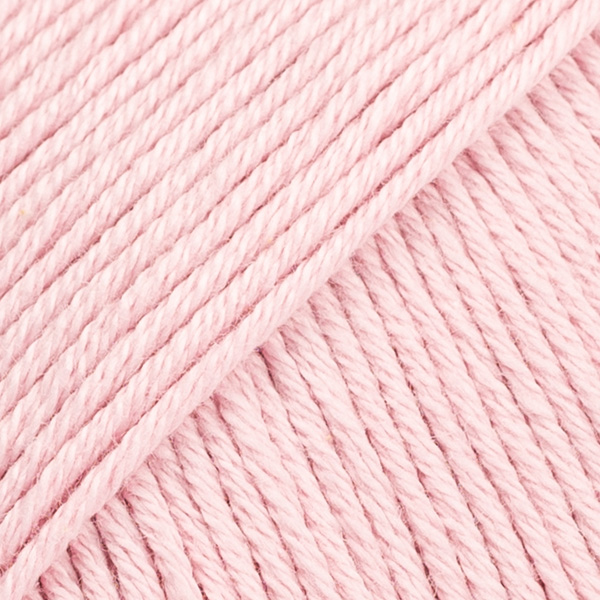

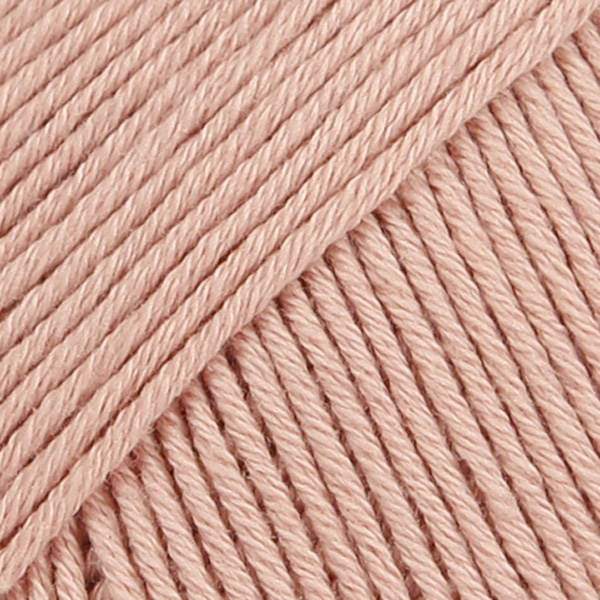



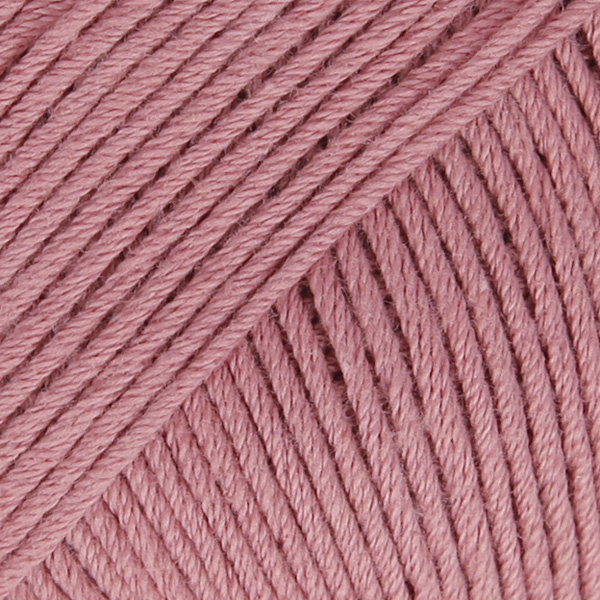
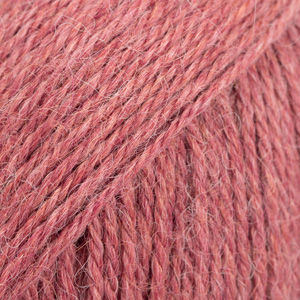



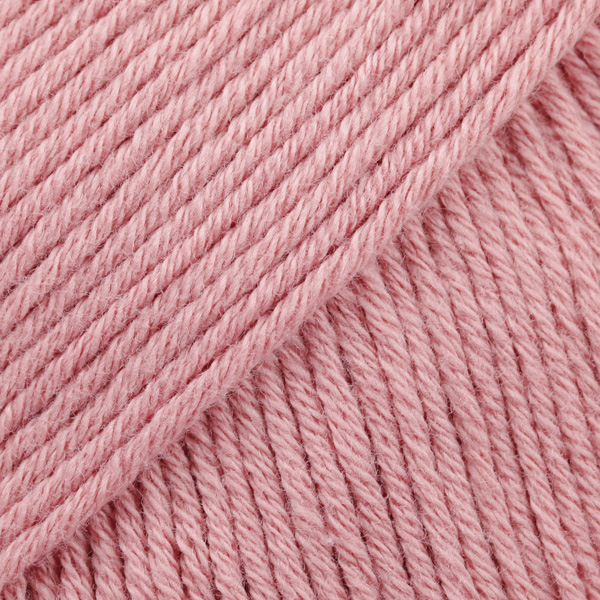


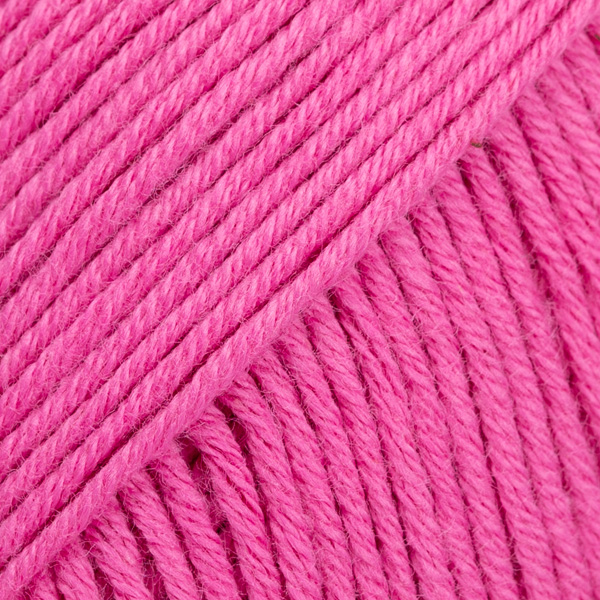






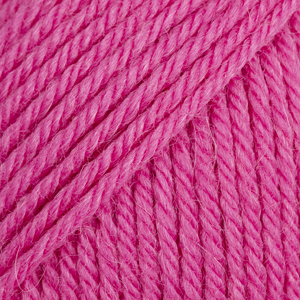






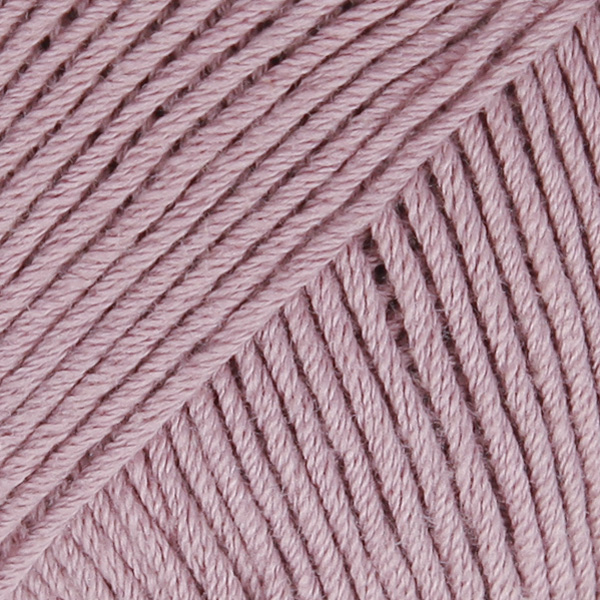


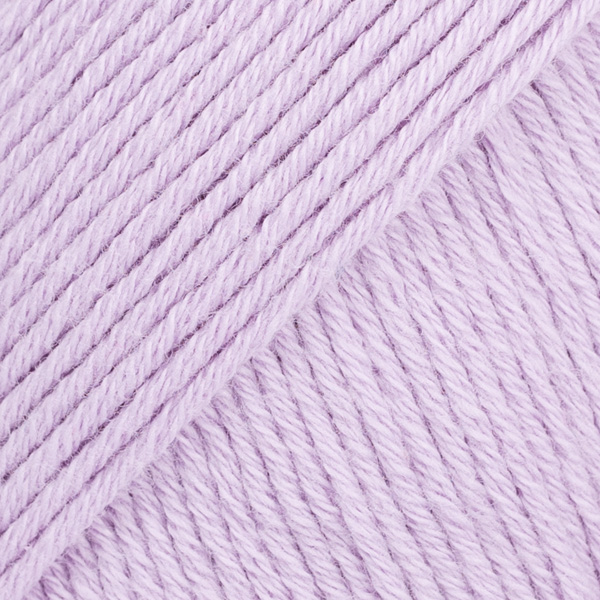








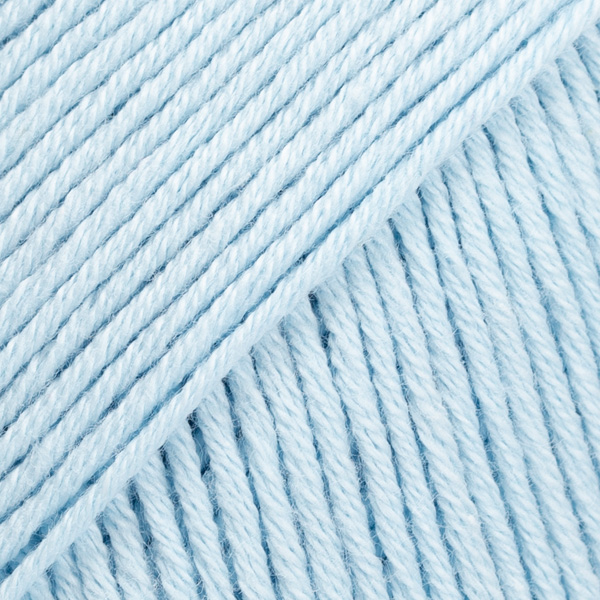




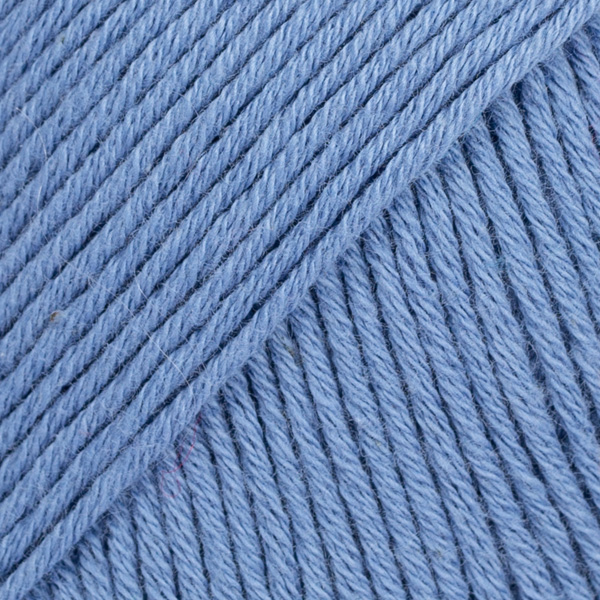

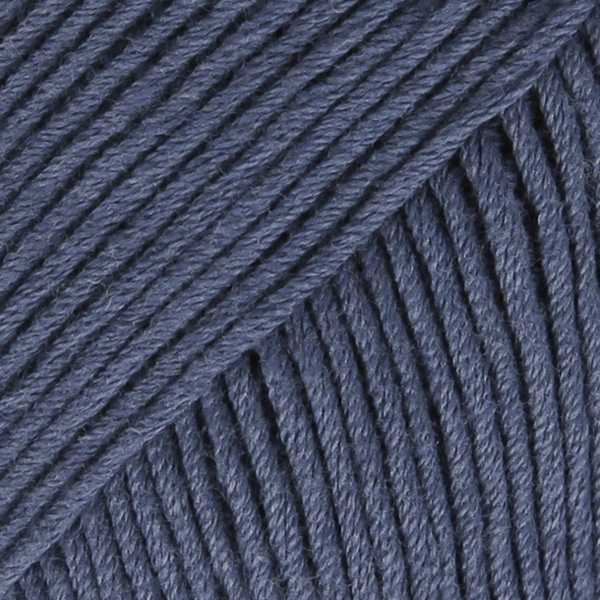












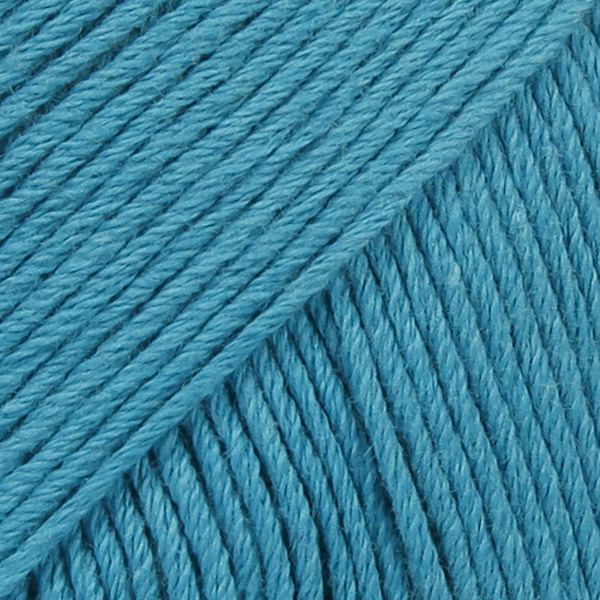







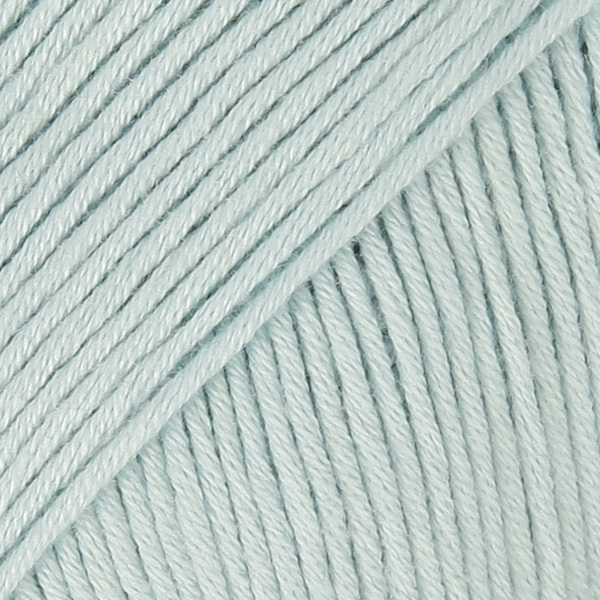

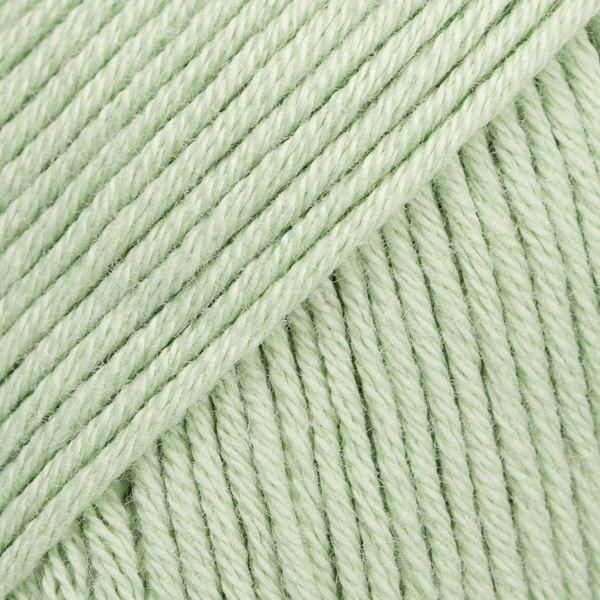




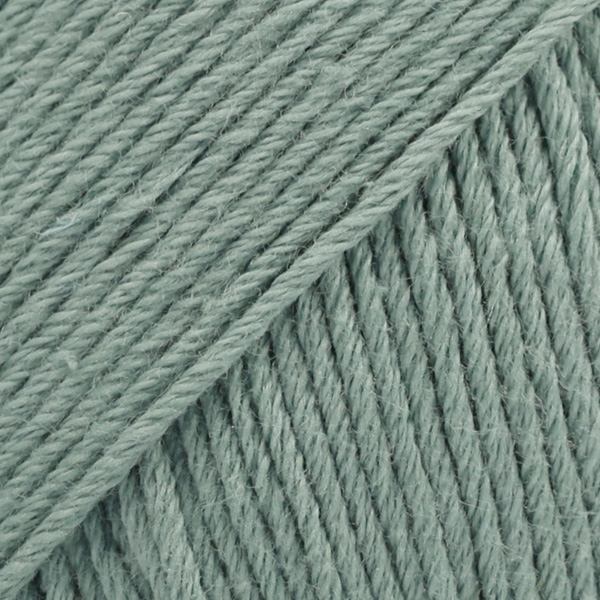



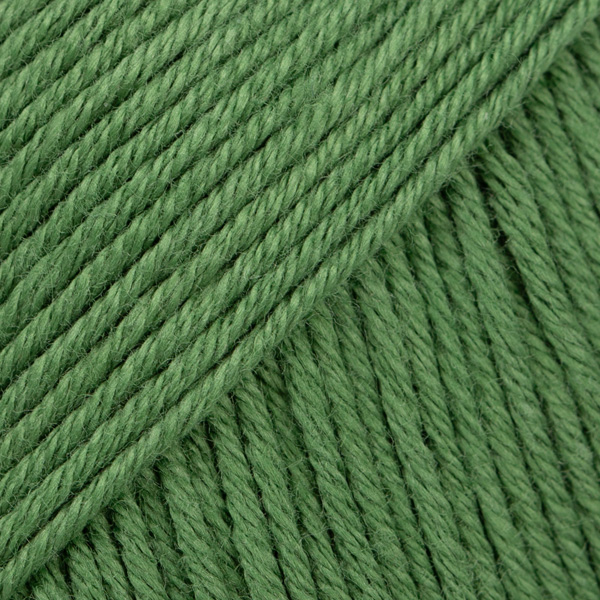




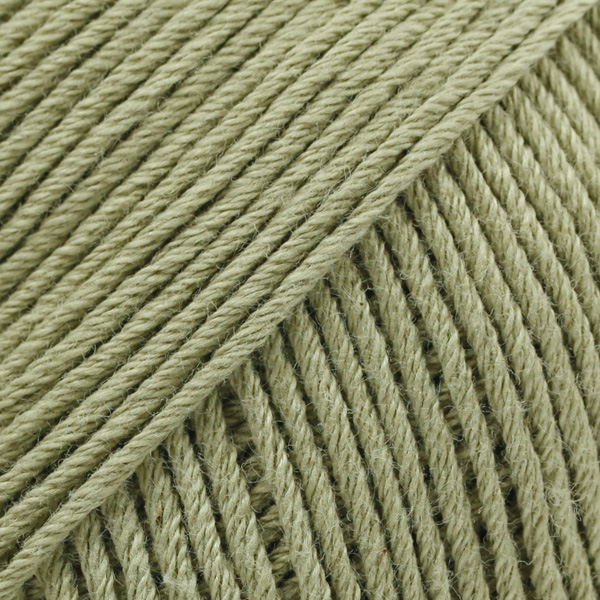

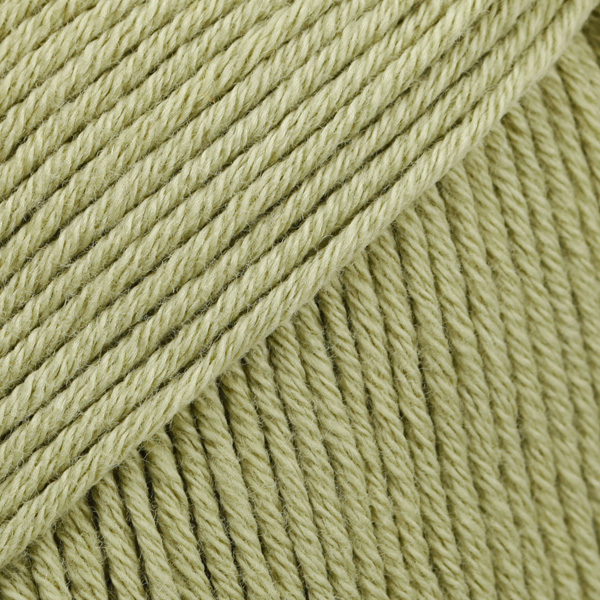








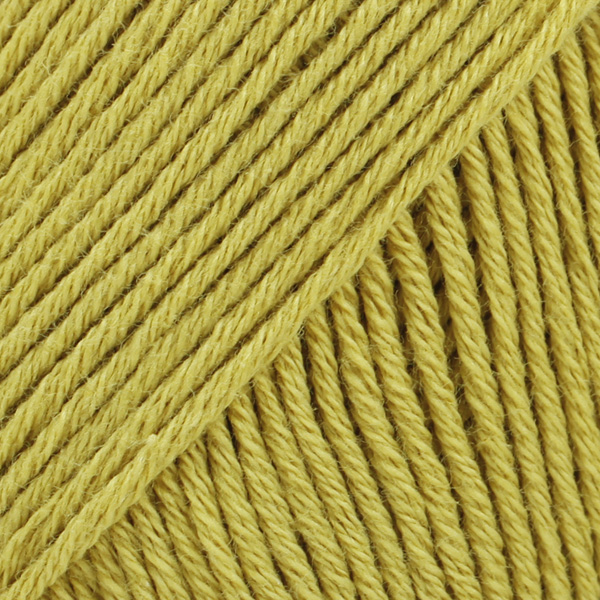















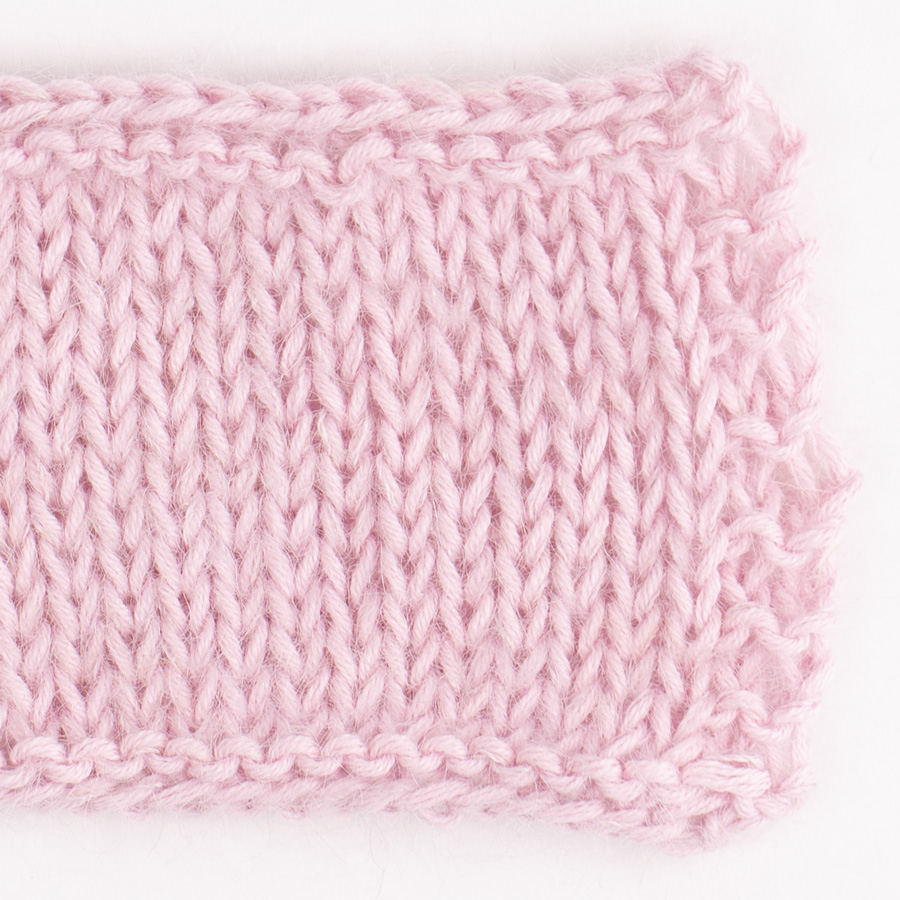
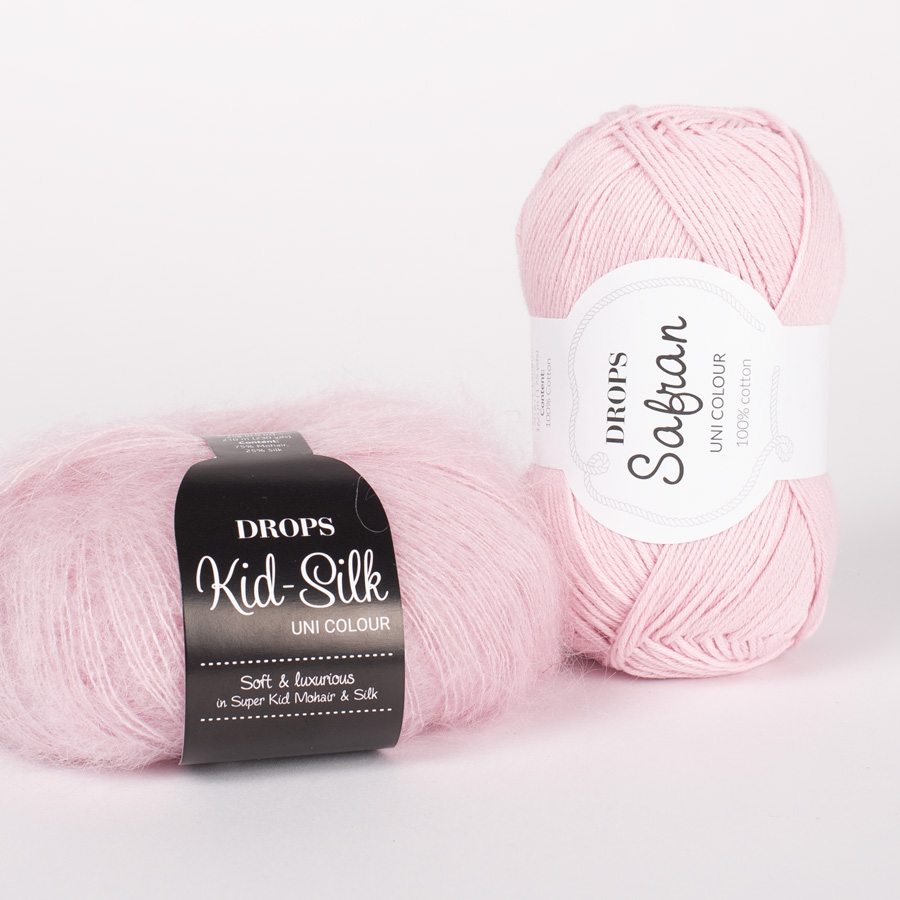
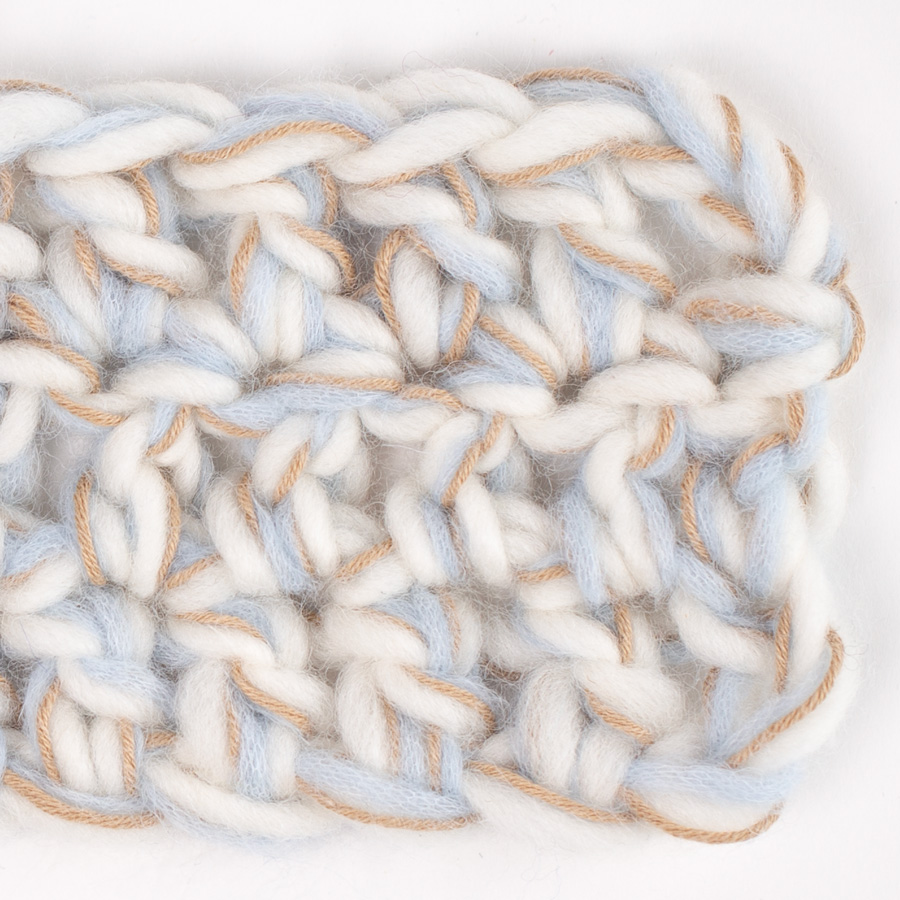
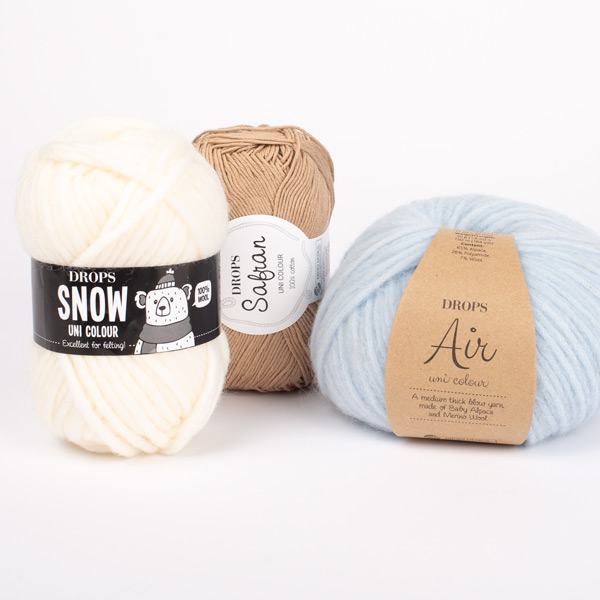
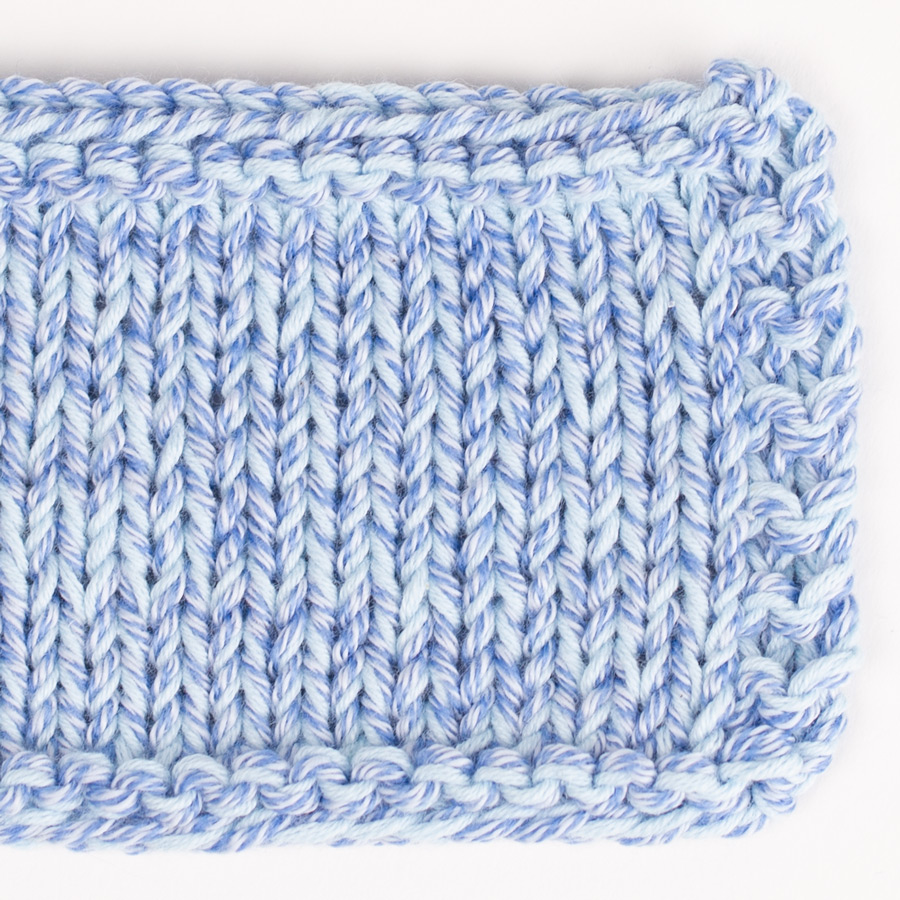
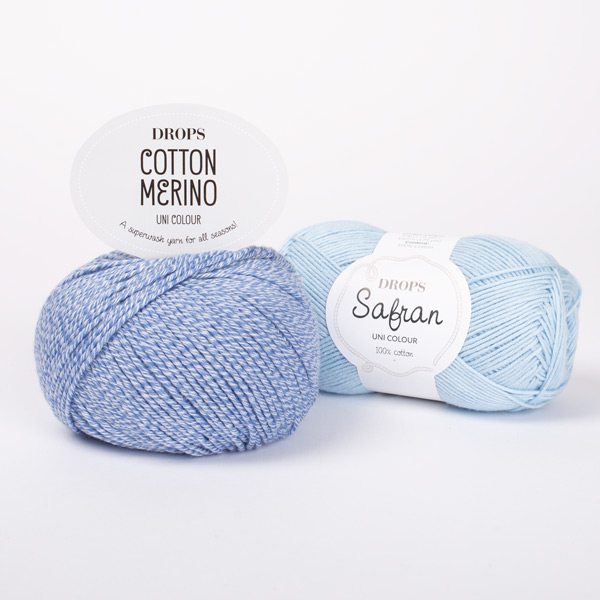
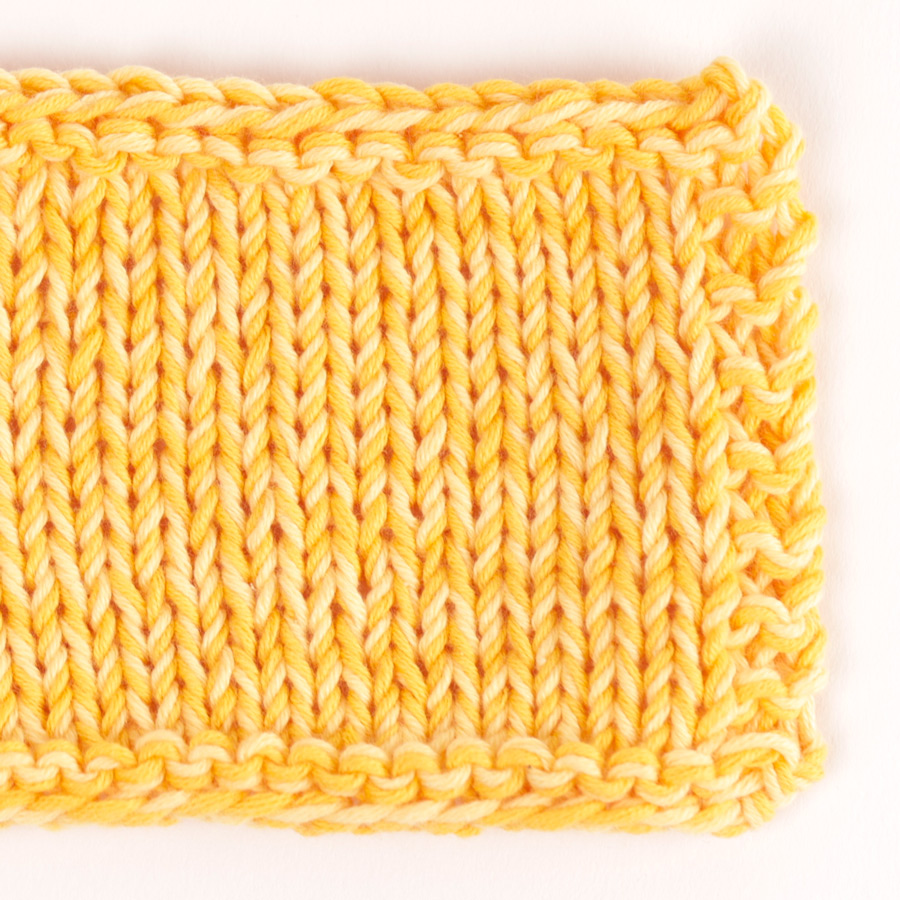
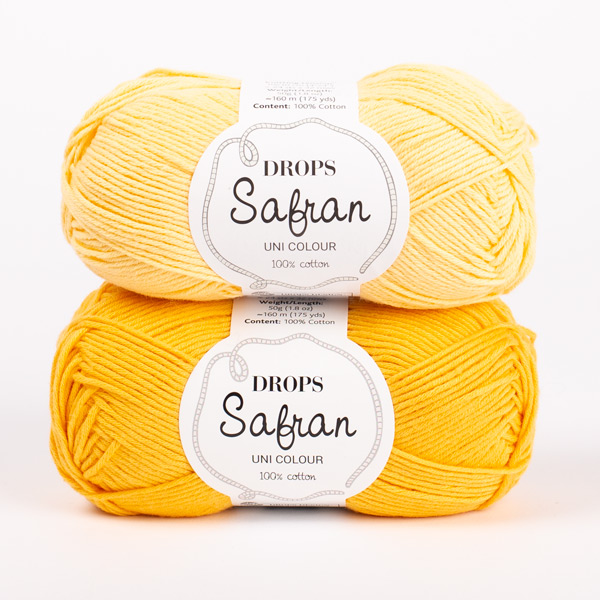

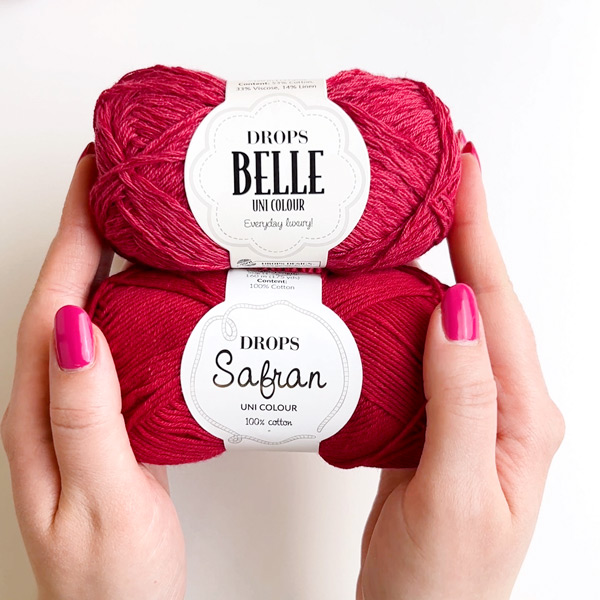
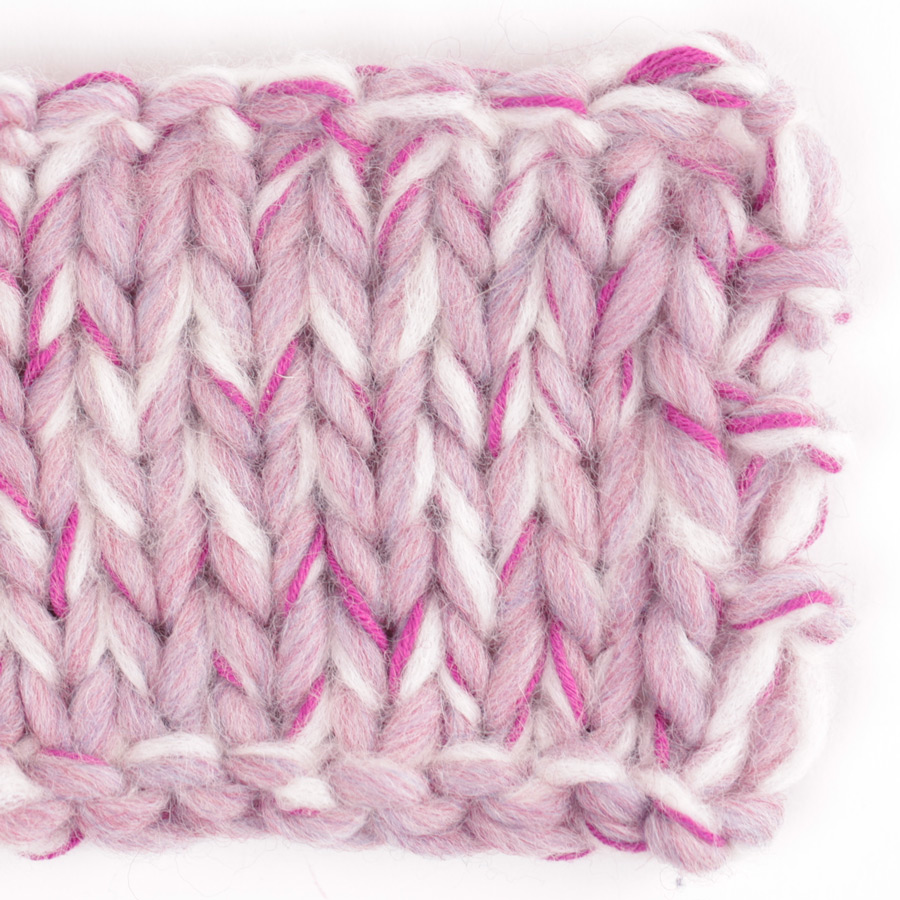
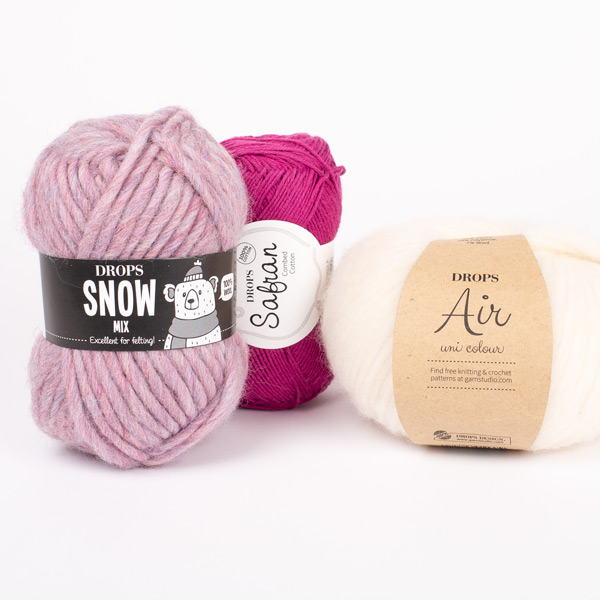


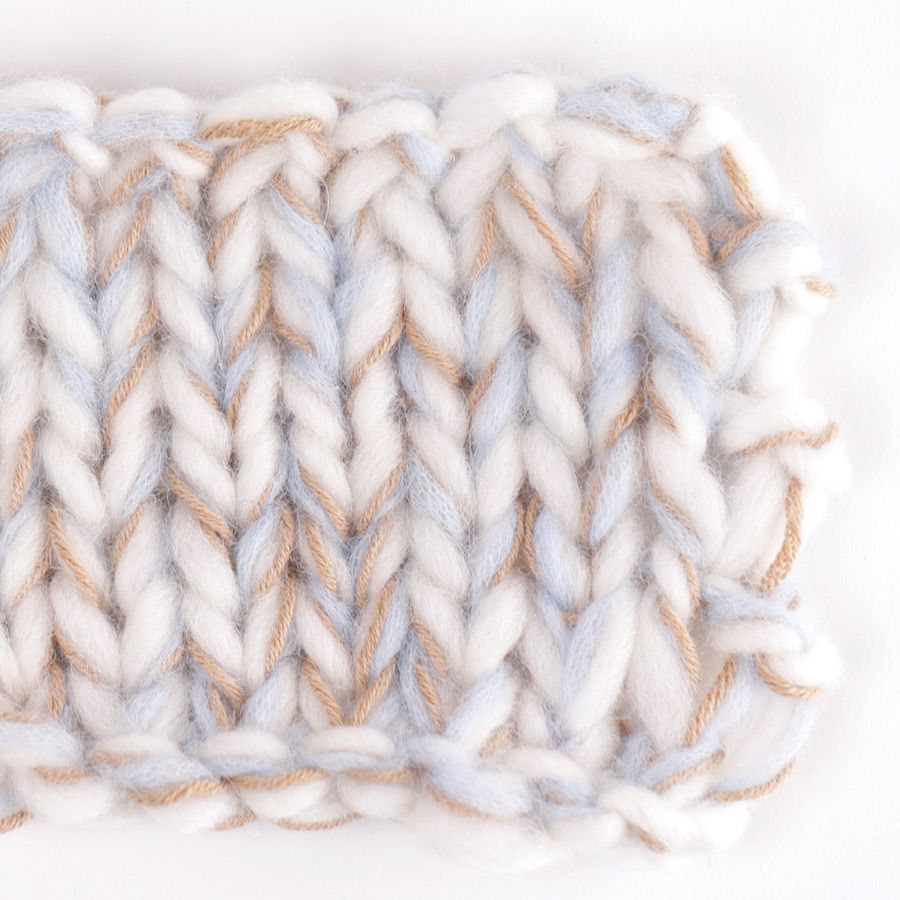
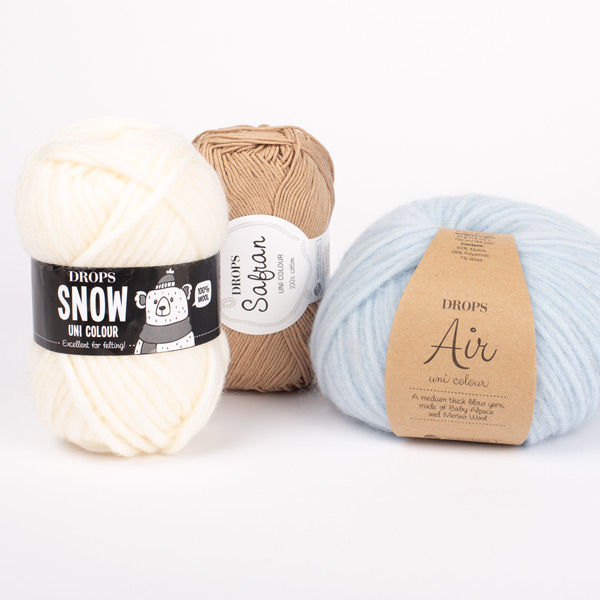
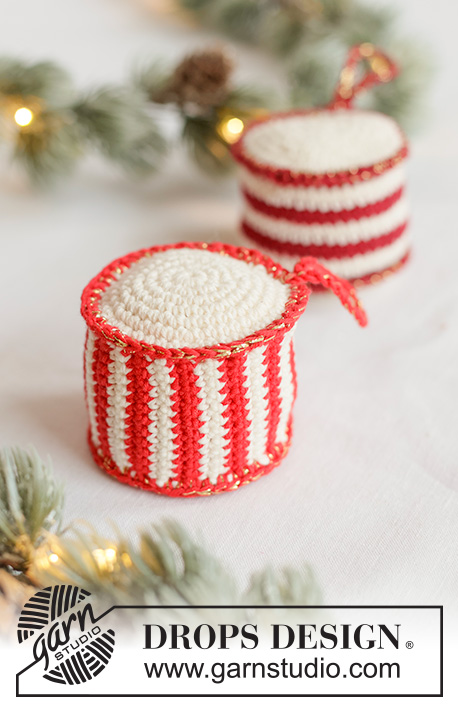
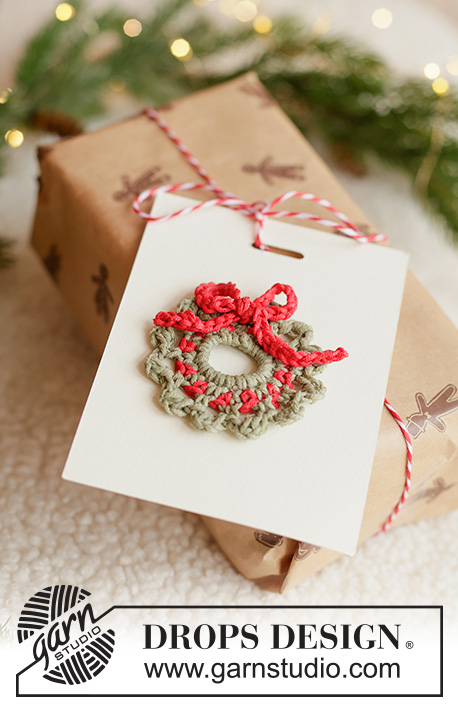
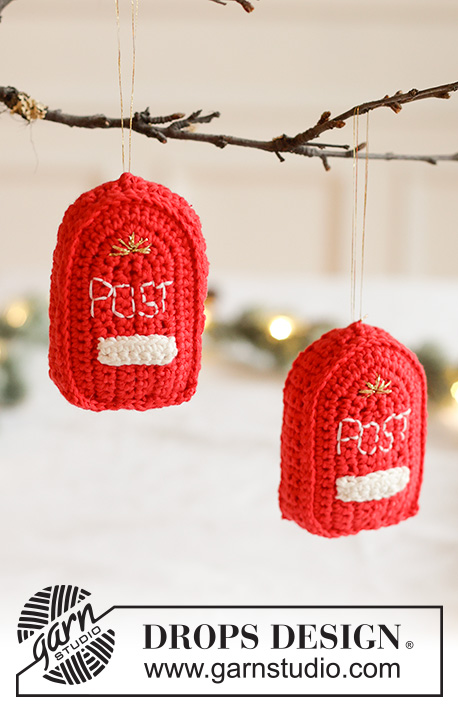
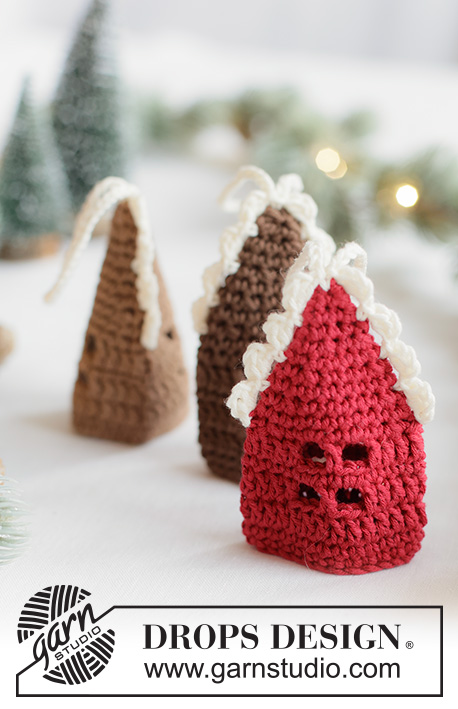










Fråga: Kan man beställa garnprover? Om ja, hur gör jag?
15.01.2020 - 09:55